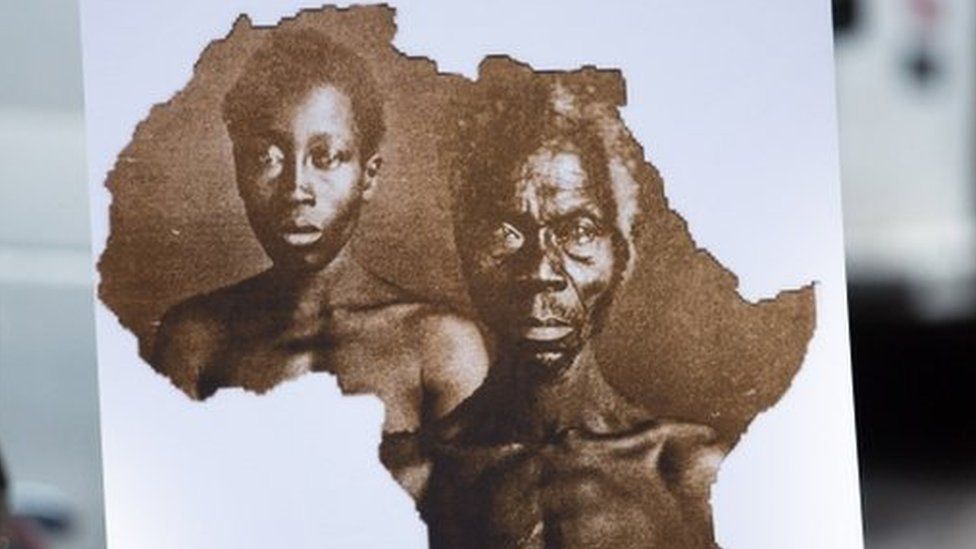Harvard Law School removed its official seal in 2016 after it was found to have been used as the family crest of a notoriously brutal slave owner, Isaac Royall, who was known to have ordered 77 enslaved people to be burned alive. Images of Slaves Are Property of Harvard, Not a Descendant, Judge Rules
The woman who says the enslaved people are her ancestors plans to appeal the decision “about the patriarch of a family, a subject of bedtime stories.”
Tamara Lanier sued Harvard University for ownership of daguerreotypes of slaves who she said were her ancestors.
Tamara Lanier sued Harvard University for ownership of daguerreotypes of slaves who she said were her ancestors. Credit...Karsten Moran for The New York Times
Anemona Hartocollis
By Anemona Hartocollis
Published March 4, 2021
Updated March 5, 2021
A Massachusetts judge has dismissed a lawsuit by a woman claiming that she, not Harvard University, is the rightful owner of haunting images of an enslaved father and daughter who she says were her ancestors.
The judge acknowledged that the daguerreotypes had been taken under “horrific circumstances” but said that if the enslaved subjects, Renty and Delia, did not own the images when they were taken, then the woman who brought the lawsuit, Tamara Lanier, did not own them either.
“Fully acknowledging the continuing impact slavery has had in the United States, the law, as it currently stands, does not confer a property interest to the subject of a photograph regardless of how objectionable the photograph’s origins may be,” Justice Camille F. Sarrouf of Middlesex County Superior Court wrote in a judgment filed Tuesday.
Ms. Lanier said on Thursday that she planned to appeal and that the judge had “completely missed the humanistic aspect of this, where we’re talking about the patriarch of a family, a subject of bedtime stories, whose legacy is still denied to these people.”
Legal BattleHaunting and voyeuristic images are at the center of a dispute with Harvard over who should own the fruits of American slavery.
Renty and Delia were stripped to the waist in the daguerreotypes, taken in 1850, and treated as scientific evidence of a discredited theory that Black people were inferior. The images, part of a project commissioned by Louis Agassiz, a prominent Harvard professor, and zoologist, were hidden away in a Harvard museum until 1976. Their discovery caused a sensation because they were thought to be the earliest known photographs of American slaves.
A program for a 2017 conference at Harvard bears the image of Renty, a slave from whom Ms. Lanier says she descended.
A program for a 2017 conference at Harvard bears the image of Renty, a slave from whom Ms. Lanier says she descended.Credit...Karsten Moran for The New York Times
For the purposes of the lawsuit, neither Harvard nor the judge disputed Ms. Lanier’s evidence that she was a direct descendant of Renty. But, Justice Sarrouf wrote, “It is a basic tenet of common law that the subject of a photograph has no interest in the negative or any photographs printed from the negative.”
The judge also rejected Ms. Lanier’s claim that Harvard had exploited the photographs for financial gain — for example, by putting Renty’s image on the cover of a book — saying that the right to control commercial use of the photographs had expired with the deaths of the subjects.



